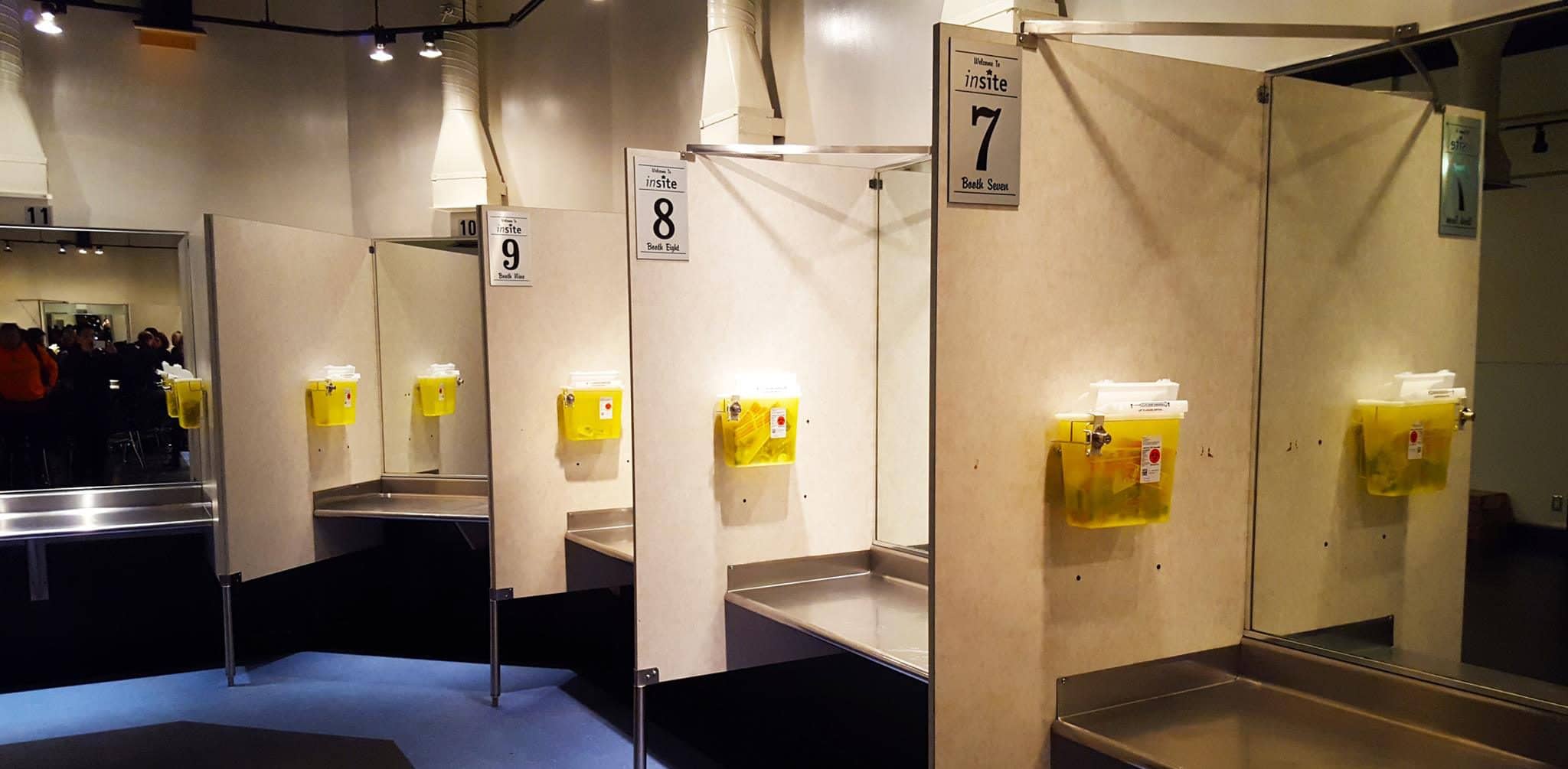what is harm reduction what is harm reduction
Harm reduction refers to “policies, programs and practices that aim primarily to reduce the adverse health, social, and economic consequences of [drug use] without necessarily reducing drug consumption.” Examples include safe consumption and overdose prevention sites where people can consume drugs in a safe and monitored environment with staff trained to respond if someone overdoses. Advocates describe harm reduction as “meeting people where they’re at.”
Harm reduction for people who use drugs does not require abstinence or reduced substance use as a condition of receiving supportive services that promote health. It recognizes that despite even the strongest efforts to get someone to end their drug use, many people won’t because they are unable or unwilling to stop at a given time and enter treatment, or because their use is not problematic.
Harm reduction services can prevent the transmission of diseases like HIV and hepatitis C, they can reduce overdose death by supervising people consuming drugs and/or the administration of naloxone, can alert people to what is in their drugs purchased on the illegal market through drug checking, and can provide access to important health and social services. Often, harm reduction services also include advice on safer ways to consume drugs; access to drug treatment programs, including opioid substitution therapy; and vital connection with peers that builds a sense of community and purpose, increasing the likelihood of recovery.
(Interactive Map)
Examples of Harm Reduction
- Needle syringe programs (NSP) – Programs providing sterile equipment to people who inject drugs. NSPs can be in fixed locations or mobile sites, such as a van or person with a backpack handing out supplies. Some programs operate through pharmacies or automated dispensing machines. NSPs exist in many communities across Canada.
- Supervised consumption services (SCS) – Federally sanctioned fixed or mobile sites where people can use drugs in a monitored, hygienic environment. Supervision is typically done by a medical professional who oversees staff who intervene if a person experiences a medical complication such as an overdose. No one has ever died from an overdose in an SCS despite thousands of injections and/or inhalations in these facilities. SCSs provide many other services such as referrals to treatment and drug checking. Supervised consumption services do not provide the drugs, only a safe setting and support services for individuals taking them.

- Overdose prevention sites (OPS) – These are similar to supervised consumption site but they operate under different authority from the government (or at times without government sanction) and with a simpler application process for service providers. Overdose prevention sites are often initially run by volunteers and crowdfunded. They are a direct response to an urgent and specific community need wherever they are set up.
- Drug checking – A service allowing people to test what is in their drugs. Drug checking can use technology that varies in cost and accuracy. For example, Fourier transform infrared (FTIR) spectroscopy, which can cost tens of thousands of dollars, can rapidly and accurately identify a wide range of compounds in a sample. Fentanyl immunoassay testing strips, which are less expensive, can only detect whether fentanyl (and sometimes analogues) are present in a sample. Drug checking is becoming increasingly available alongside harm reduction services (such as SCS or OPS), at festivals, and by mailing a sample to a lab in some places.
- Safe supply – A program providing pharmaceutical-grade drugs for people who are currently purchasing them from the illegal market. This program can operate alongside an SCS and provide many other supportive services. These substances may also be distributed through low-barrier housing providers or automated dispensing machines. Safe supply includes services such as opioid agonist therapy (OAT) and injectable OAT (e.g. heroin-assisted treatment).
- Naloxone distribution – A program that distributes free or inexpensive naloxone to people who use drugs as well as their friends and family for rapid intervention to prevent death by overdose
READ MORE: Jordan’s story: how harm reduction saved my life and put me on a path to hope
Harm reduction services have been well studied in Canada and globally, and the evidence is clear that they are effective:
- Harm reduction saves lives, helps people avoid arrest, prevents disease transmission, improves access to drug treatment, and improves public safety by reducing needles in the community.
- Harm reduction is cost effective as savings from prevented disease transmission, plus the increased productivity of people using harm reduction services, far outweigh the cost of the programs themselves.
- Harm reduction does not encourage increased drug use and has been demonstrated to have no negative impact on public safety around locations where services are provided.
